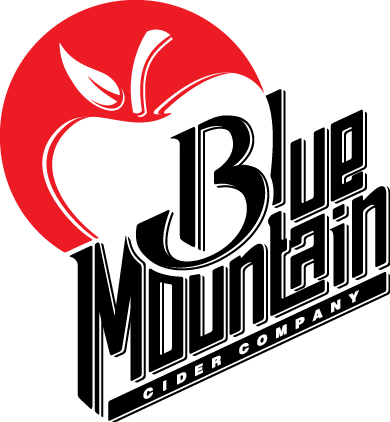What is cider?
In every country except the United States, cider refers to a fermented apple beverage with an alcohol level of 4-8% by volume. Americans typically refer to this as hard cider.
What is the history of cider in the United States?
In the first 200 years of our country, apple orchards sprang up everywhere and cider making was common. Colonists knew the benefits of cider and thought no ill of cider with a kick. Almost everyone had a small orchard in back of their home from which they made their own cider. Cider was almost a fool proof product. If the cider fermented one way it was good to drink; if it went to vinegar it was used for cooking and other household purposes.
John Chapman (1774-1845), who was known as Johnny Appleseed, planted apple nurseries and had as his principal source of income the sale of seedling stock to settlers. He would gather seed from cider mills, travel to and beyond the established frontier. Chapman was bringing to the frontier a way to make alcohol and not a dessert fruit. Click here for more information about Johnny Appleseed.
How is hard cider made?
The best ciders are the result of careful blending. Opinions differ as to which apples make the best cider. Some experts believe that only certain, special varieties, rich in tannins, make decent cider.
Apples used to make hard cider are more closely related to wild crab apples than ordinary eating apples and have high tannin content. Pomologists divide cider apples into two broad categories bittersweet and bittersharp. Bittersharps have a higher acid content than bittersweets. Both yield juice that is rich in natural sugar and ferments to produce alcohol. Cider mills normally use a blend of bittersharps and bittersweets to give the cider a balanced taste. Some cider mills have been known to add small amounts of crab apples to their blends in order to create a more unique taste.
After harvesting, the fruit is crushed, or scratted, in the cider mill. After crushing, the pulp, known as the pomace or pommage is pressed to produce juice or must.
For hard cider, the must is transferred directly to fermentation vats or casks. To produce dry cider, fermentation continues until all the sugar is converted to alcohol. For sweet cider, the juice is filtered at an early stage to retain the required percentage of unfermented sugar.
The initial fermentation process usually relies on the wild yeast present in the apples. Commercial cider producers add cultured yeast (often champagne yeast) to the must in order to ensure a consistent end product.
After about three months of maturation, the must is filtered to remove sediment that contributes to a cloudy appearance. Some traditional cider makers insist on retaining this natural cloudiness as a token of authenticity. Most commercially produced hard ciders and some traditional ciders are then carbonated. American cider tends to be less carbonated than its European equivalent, mainly to avoid the country’s high sparkling wine tax.
Today, cider drinking is very much in vogue and cider producers, both commercial and traditional, are meeting this increasing demand for volume and quality.
Cider making is popular in most of the countries of the temperate regions of the world. The United States, Canada, Central and South America and Australia were originally introduced to the craft of cider making by immigrants from Western European particular, from Normandy, Brittany, Wiesbaden, the Basque territory of Spain, Ireland and Britain.
